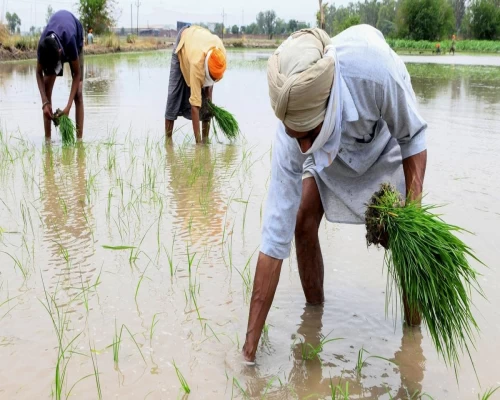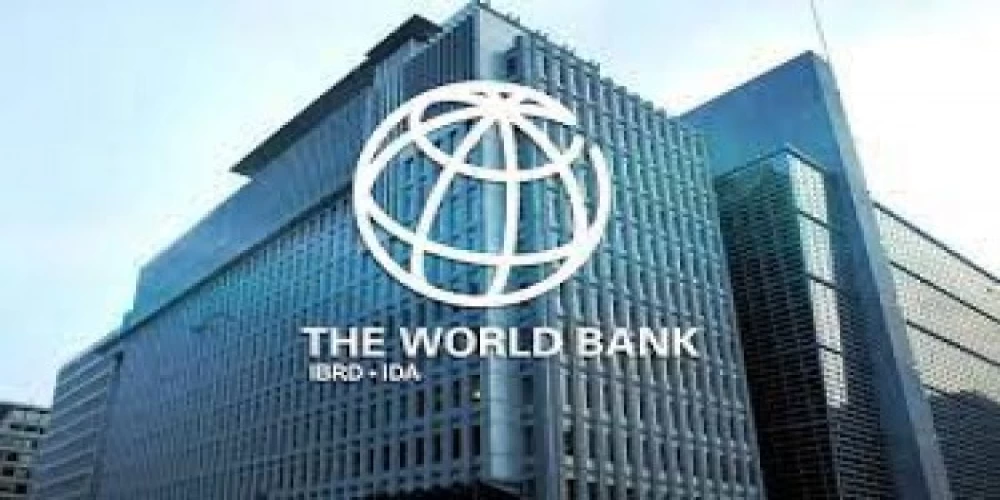
New Delhi: India’s growth continues to be resilient despite some signs of moderation in growth, says the World Bank in its latest India Development Update, the World Bank India’s biannual flagship publication.
The India Development Update notes that although significant challenges remain in the global environment, India was one of the fastest growing economies in the world. The overall growth remains robust and is estimated to be 6.9 percent for the full year with real GDP growing 7.7 per cent year-on-year during the first three quarters of fiscal year 2022-23.
There were some signs of moderation in the second half of FY 22-23. Growth was underpinned by strong investment activity bolstered by the government’s capex push and buoyant private consumption, particularly among higher income earners.
Inflation remained high, averaging around 6.7 per cent in FY22-23 but the current-account deficit narrowed in Q3 on the back of strong growth in service exports and easing global commodity prices.
The World Bank has revised its FY23-24 GDP forecast to 6.3 per cent from 6.6 per cent (December 2022). Growth is expected to be constrained by slower consumption growth and challenging external conditions.
Rising borrowing costs and slower income growth will weigh on private consumption growth, and government consumption is projected to grow at a slower pace due to the withdrawal of pandemic-related fiscal support measures.
“The Indian economy continues to show strong resilience to external shocks," said Auguste Tano Kouame, World Bank's Country Director in India. “Notwithstanding external pressures, India’s service exports have continued to increase and the current-account deficit is narrowing.”
Although headline inflation is elevated, it is projected to decline to an average of 5.2 per cent in FY23-24, amid easing global commodity prices and some moderation in domestic demand. The Reserve Bank of India has withdrawn accommodative measures to rein in inflation by hiking the policy interest rate. India’s financial sector also remains strong, buoyed by improvements in asset quality and robust private-sector credit growth.
The Central government is likely to meet its fiscal deficit target of 5.9 per cent of GDP in FY23-24 and combined with consolidation in state government deficits, the general government deficit is also projected to decline.
As a result, the debt-to-GDP ratio is projected to stabilize. On the external front, the current account deficit is projected to narrow to 2.1 percent of GDP from an estimated 3 percent in FY 22-23 on the back of robust service exports and a narrowing merchandise trade deficit.
“Spillovers from recent developments in financial markets in the US and Europe pose a risk to short-term investment flows to emerging markets, including India,” said Dhruv Sharma, Senior Economist, World Bank, and lead author of the report. “But Indian banks remain well capitalized.” /BI/







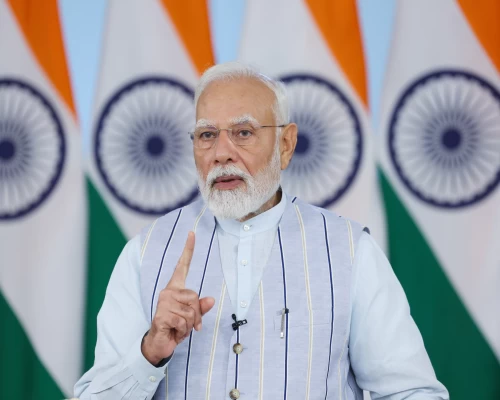
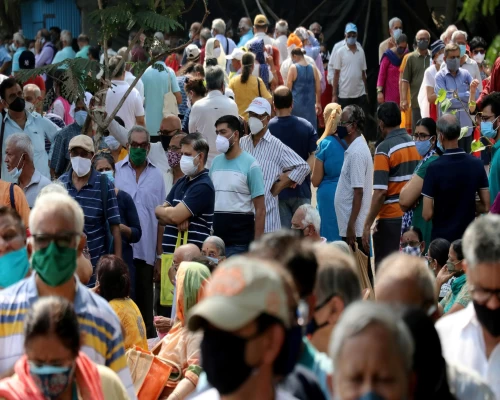
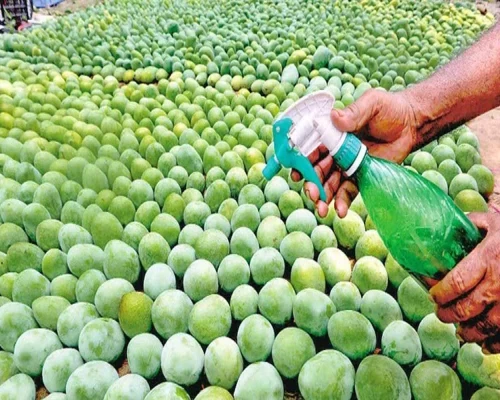
 (13)_500_x_400.webp)
